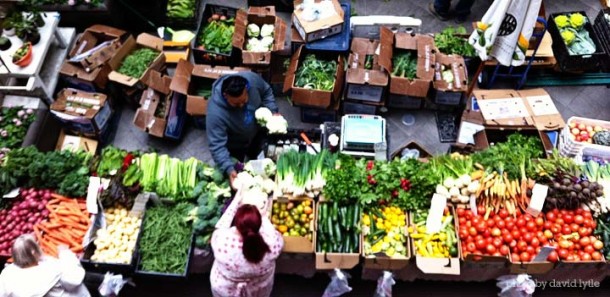
Farmer’s Markets are the best way to getting the most delicious, seasonal produce while supporting local farmers and helping the environment. Shopping your local farmer can be fun and relaxing too and is a chance for you to taste and experience new things.
Here’s a helpful guide to plan your shopping trip so you can stop to smell the roses and the melons!
Bag It
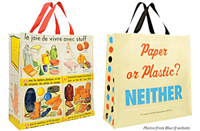 Bring several bags or totes that are light and easy to carry to keep vegetables from getting crushed (and save on plastic). I have a collection these stylish, fun bags from Blue Q – perfect for reuse.
Bring several bags or totes that are light and easy to carry to keep vegetables from getting crushed (and save on plastic). I have a collection these stylish, fun bags from Blue Q – perfect for reuse.
Many farmer’s markets sell their own bags that help support the programs that run the markets, and support recycling in every form as well as educating the public about recycling.
Buy First, Cook Later
Do you gather your recipes first, then make a shopping list? Time to shop like a chef and look for ingredients first to eat the freshest seasonal meals. Shop from the three storage lists below and combine your fresh ingredients with items you already have in your pantry for simple home-cooked meals. You can make fast vegetable side dishes with greens, tomatoes, and cheese — or main course salads — in a snap.
I keep a small stockpile of proteins in my freezer that I can defrost to add to fresh veggies (like chicken breast, pork chops, and homemade pizza dough).
Make Change
 If you can manage, have a stash of dollar bills ready for your shopping trip. Farmers certainly have cash boxes, but make it easier for them by having exact change.
If you can manage, have a stash of dollar bills ready for your shopping trip. Farmers certainly have cash boxes, but make it easier for them by having exact change.
Besides, if the cashier can see you have exact change in your hand, it will make checkout faster and sometimes they even bring you to the front of the line. Take along your small change too — quarters, dimes, and nickles. It’s a great way to empty that pesky “change dish” that’s been collecting dust on your bookshelf.
Farmer’s markets aren’t just for people who can pay cash. Did you know that most farmers markets are now taking food stamps and EBT as well as WIC (Woman, Infants, & Children Program)?
Check with your local market, they convert food stamps or government cards to tokens and vouchers so that entire communities can also shop and benefit from fresh, local produce.
Waste Not
Do you worry that some of your farmer’s market booty will go bad? These easy storage lists will help you to plan out the week: Select a few items from each list to avoid spoilage while mixing and matching deliciously healthy ingredients throughout the week to compose tasty meals.
Short Storage List (2 to 3 days)
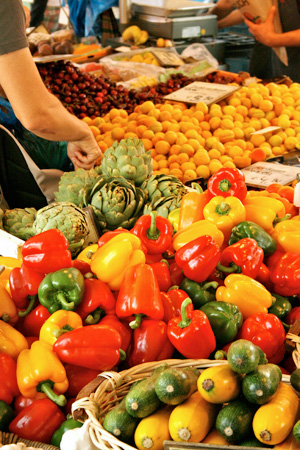
Produce that lasts 2 to 3 days on counter top: Peaches, nectarines, fresh apricots, tomatoes, beefsteak and cherry tomatoes, avocados, pears
Produce that lasts 2 to 3 days in crisper or refrigerator: Lettuce, baby greens, spinach, Swiss chard, berries, cherries, gooseberries, currants, ramps, eggplant
Medium Storage List (5 to 7 days)
Produce that lasts 5 to 7 days in crisper or refrigerator: Radishes, mushrooms, sun chokes, artichokes, fresh garlic, cauliflower, broccoli, garlic scapes, gooseberries, kale, fresh baked breads (store your bread in the fridge and extend it’s life by several days)
Longer Storage (Up to 2 Weeks Or More)
Produce that lasts up to 2 weeks or more: Apples, carrots, onions,garlic, Farmer’s cheese, honey, jams, olive oil, sauces
Make Friends with Farmers
Looking to enjoy your farmer’s market experience more? Chat up a farmer, you might learn or hear something wonderful that will inspire you. Farmers are soulful (though sometimes shy) people who are incredibly knowledgeable about their produce. They have a bounty of knowledge to share, including how to store, cook and enjoy the plants they grow.
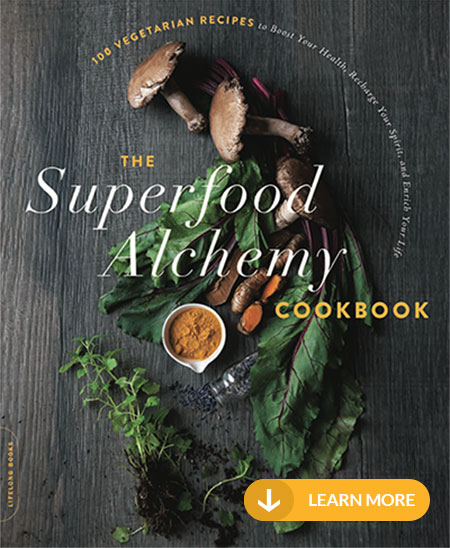

 Are you ready to look better, feel more energized, and get back that youthful feeling you remember having as a kid? I can help you on a journey that will change the way you eat — for good. My
Are you ready to look better, feel more energized, and get back that youthful feeling you remember having as a kid? I can help you on a journey that will change the way you eat — for good. My 


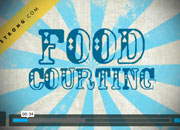
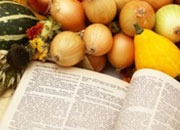







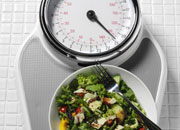
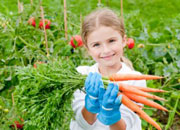

 As a healthy cooking expert, health coach and TV host,
As a healthy cooking expert, health coach and TV host, 

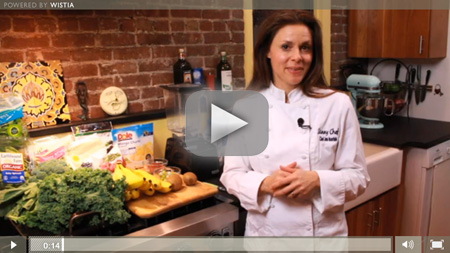
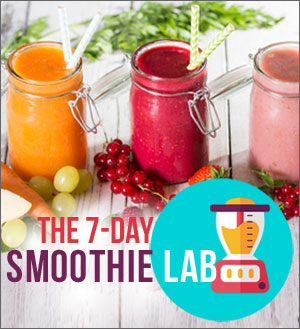
Speak Your Mind